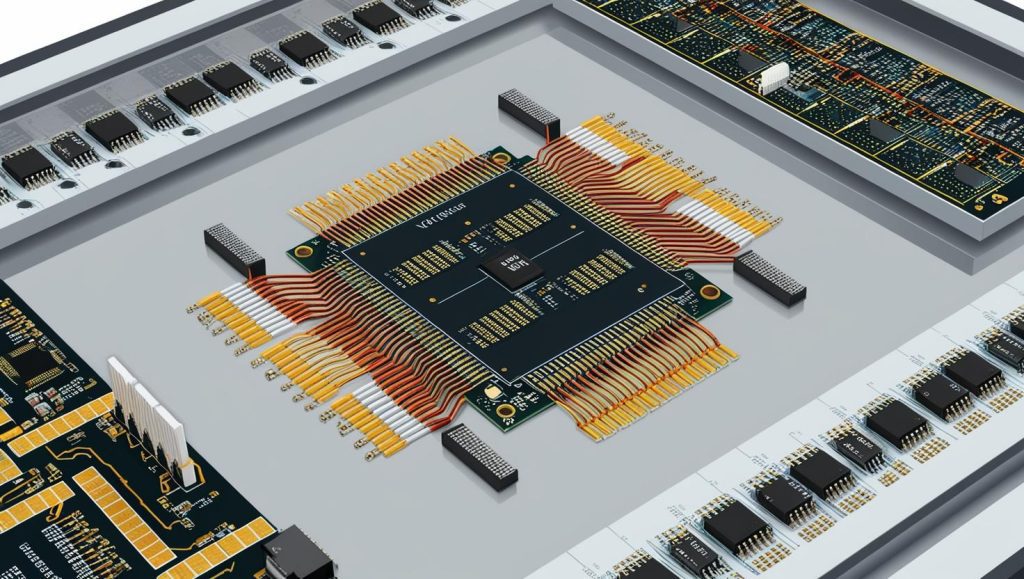Introduction
Logic Circuits/VLSI homework help is essential for students struggling with complex digital design concepts. From basic logic gates to advanced VLSI (Very Large-Scale Integration) techniques, this guide provides an in-depth understanding of fundamental and advanced topics. Whether you’re new to logic design or preparing for exams, this article will help you grasp crucial concepts and provide useful external resources for further learning.

What Are Logic Circuits?
Logic circuits are electrical circuits that process digital signals based on Boolean logic. These circuits form the backbone of all digital devices, including computers, microcontrollers, and embedded systems. They are primarily categorized into:
- Combinational Circuits – Outputs depend only on current inputs (e.g., adders, multiplexers, encoders).
- Sequential Circuits – Outputs depend on current inputs and past states (e.g., flip-flops, registers, counters).
For a deeper understanding, check out this resource on logic circuits.
Understanding VLSI (Very Large-Scale Integration)
VLSI refers to the process of integrating millions (or even billions) of transistors onto a single silicon chip. It has revolutionized modern electronics by enabling compact, high-speed, and energy-efficient computing devices.
Key aspects of VLSI design include:
- MOSFETs (Metal-Oxide-Semiconductor Field-Effect Transistors): The building blocks of VLSI circuits.
- CMOS Technology: Used in designing low-power and high-speed digital circuits.
- Layout Design: The process of arranging circuit components on a silicon wafer.
- Fabrication Process: Steps involved in manufacturing VLSI chips.
To explore more on VLSI design, visit this tutorial.
Key Topics in Logic Circuits and VLSI Homework
Students often seek Logic Circuits/VLSI homework help for various topics, including:
1. Boolean Algebra and Logic Gates
Boolean algebra forms the basis of digital logic. It involves:
- Basic operations: AND, OR, NOT
- Derived operations: NAND, NOR, XOR, XNOR
- De Morgan’s Theorems and simplification techniques
Example: Simplify the Boolean expression: AB + A’C + BC
2. Combinational Logic Circuits
- Multiplexers (MUX): Selects one input from multiple sources.
- Decoders and Encoders: Convert binary to decimal and vice versa.
- Adders and Subtractors: Used in arithmetic operations.
3. Sequential Logic Circuits
- Flip-Flops (SR, D, JK, T): Store binary data.
- Registers and Counters: Used in memory and sequencing applications.
4. VLSI Design Flow
- Specification → RTL Design → Synthesis → Floor Planning → Placement & Routing → Fabrication
5. FPGA and ASIC Technologies
- FPGA (Field-Programmable Gate Arrays): Programmable digital circuits.
- ASIC (Application-Specific Integrated Circuits): Custom-designed chips.
For practical examples and tutorials, check this FPGA resource.
Tips for Solving Logic Circuits/VLSI Homework
- Understand the problem statement thoroughly.
- Use truth tables and Karnaugh maps for simplifications.
- Practice circuit simulations using tools like Logisim, Cadence, or Xilinx ISE.
- Refer to textbooks like “Digital Design” by Morris Mano and “CMOS VLSI Design” by Weste and Harris.
- Join online forums like Stack Exchange for additional help.
Where to Find Logic Circuits/VLSI Homework Help
If you need further assistance with Logic Circuits/VLSI homework help, consider the following resources:
Conclusion
Mastering logic circuits and VLSI design requires practice and a deep understanding of digital concepts. Whether you need help with Boolean algebra, circuit design, or VLSI fabrication, this guide provides essential insights and resources. If you’re stuck, don’t hesitate to seek Logic Circuits/VLSI homework help from experts and online platforms. Happy learning!


